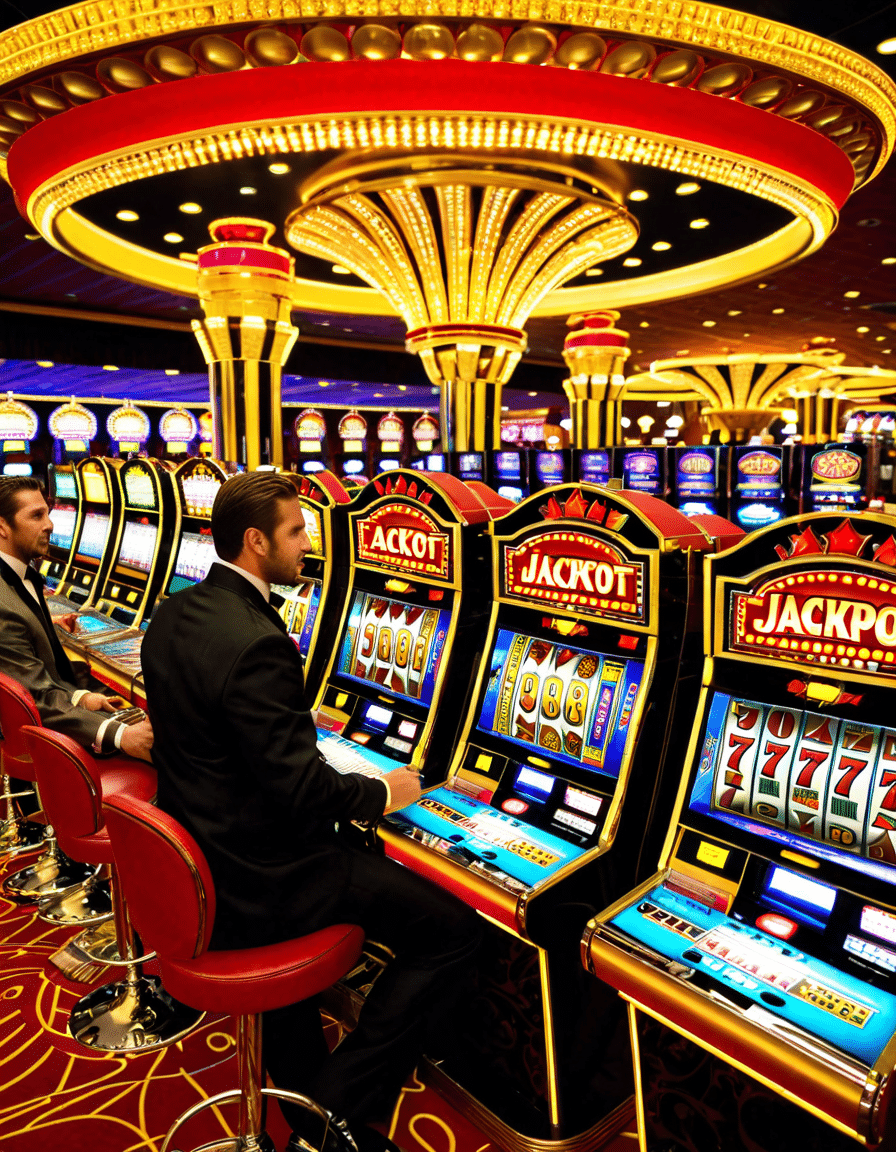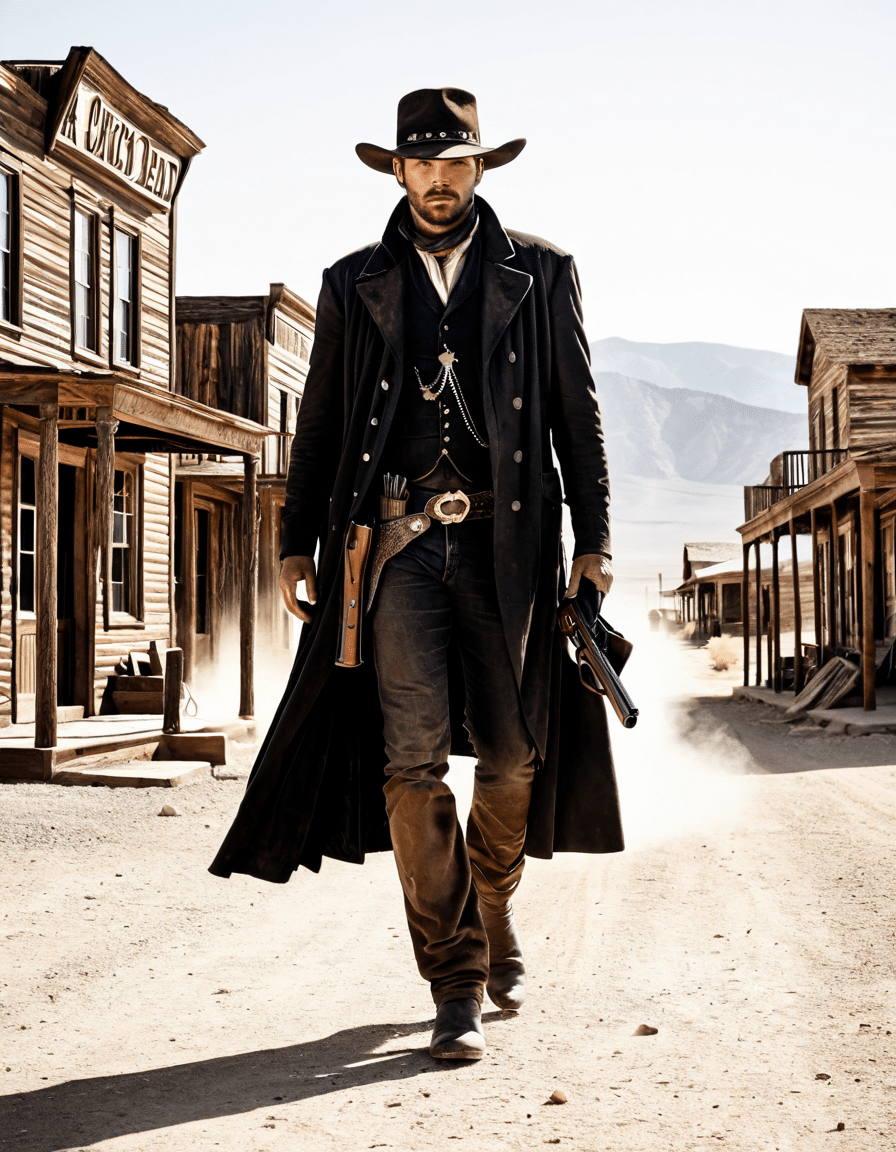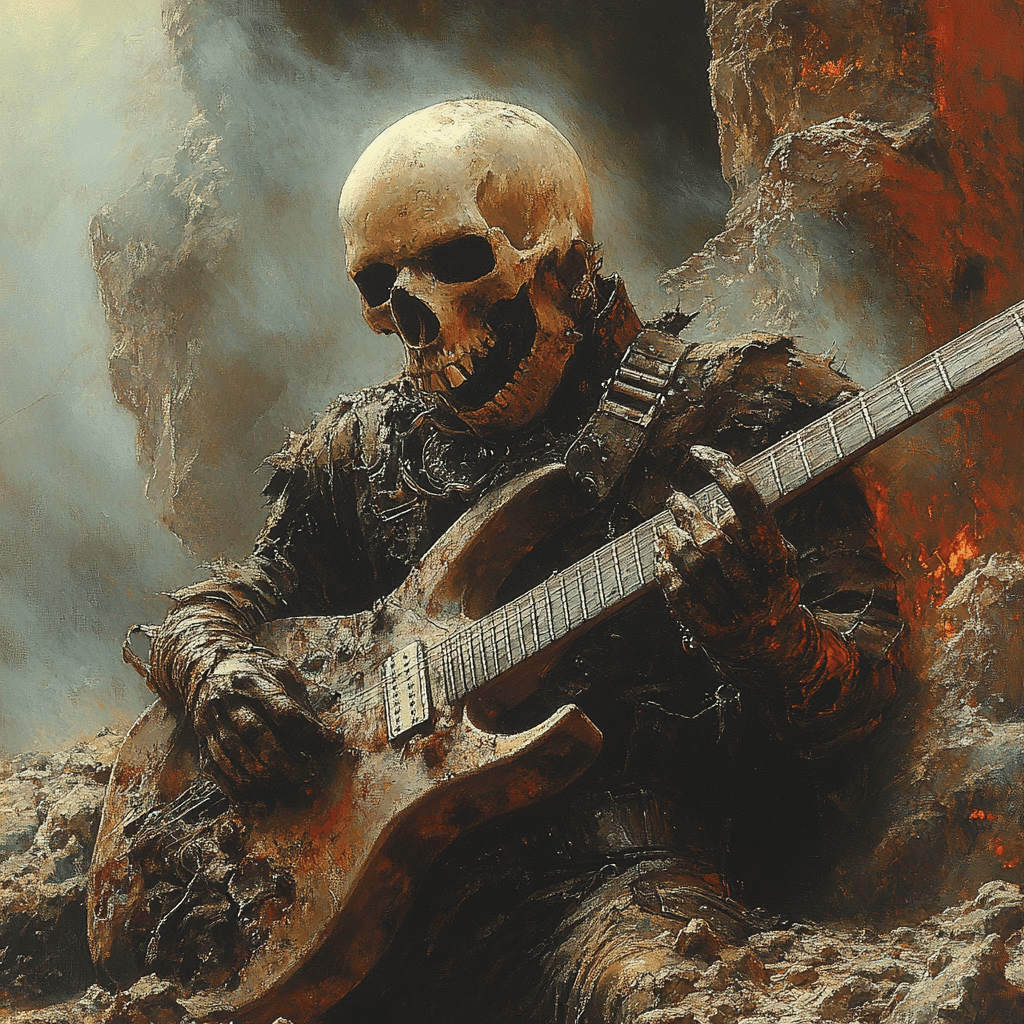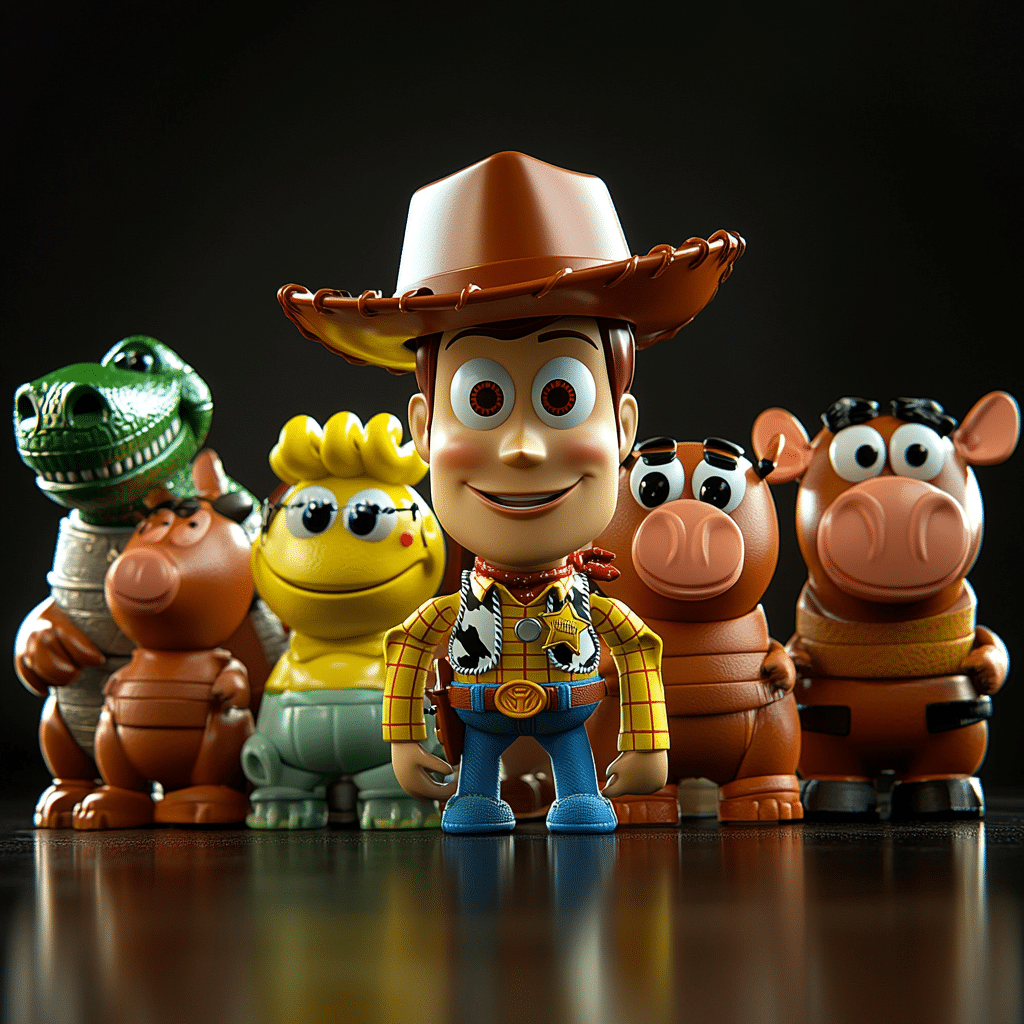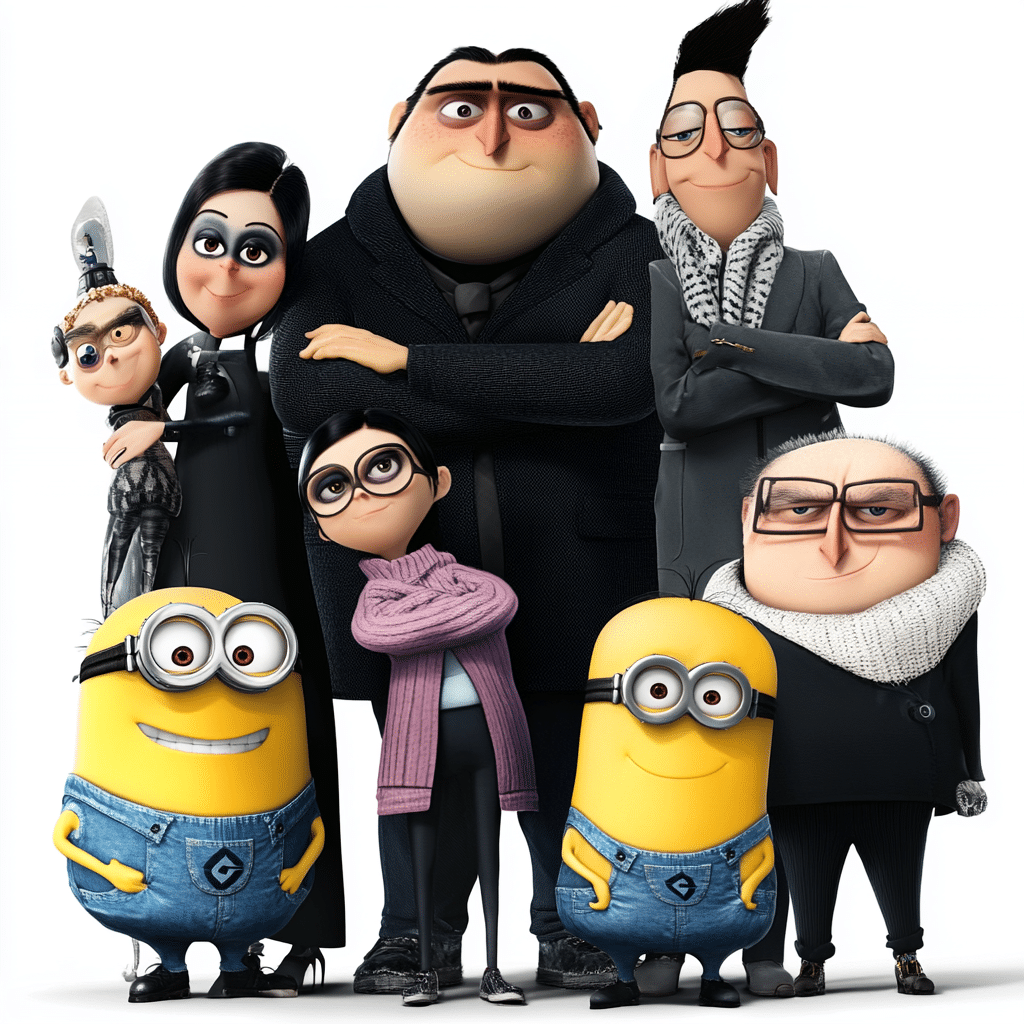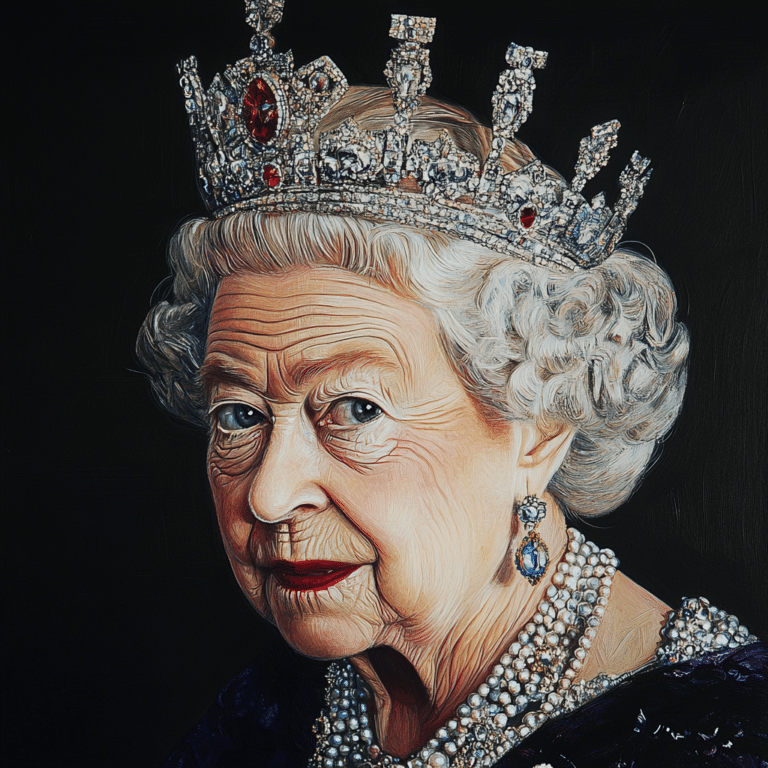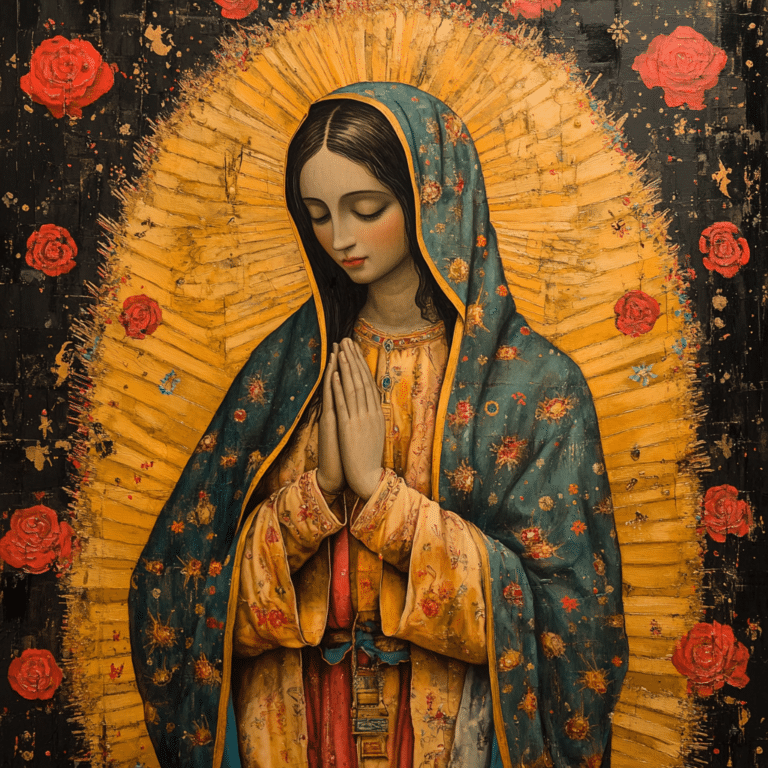The American Psycho book stands as a colossal pillar in modern literature, casting an enduring shadow over the cultural consciousness of the era it portrays. Since its publication in 1991, the novel has been dissected, debated, and deliberated upon, yet remains an object of fascination, its chilling narrative and satirical edge continuing to resonate with the echoes of 1980s Wall Street excess and moral decay.
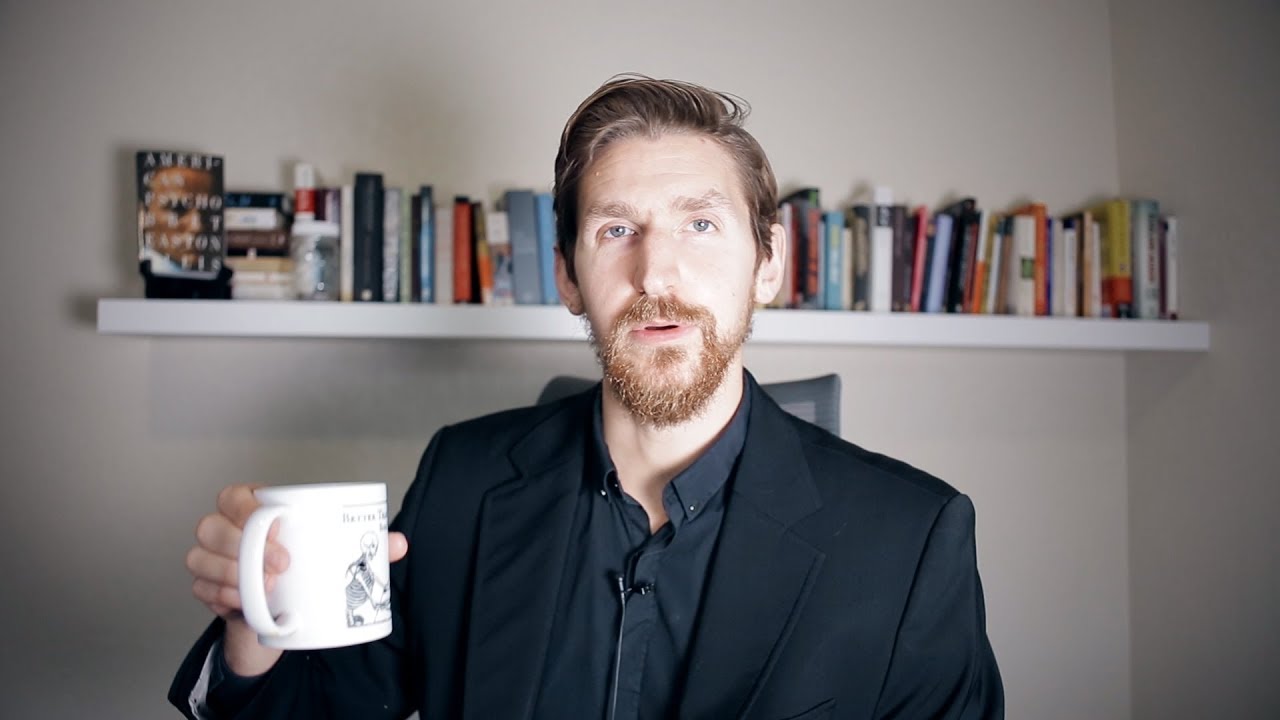
Delving into the Depths of the American Psycho Book Phenomenon
It’s tough to overstate the cultural impact the American Psycho book has had since it burst onto the scene. Diving into its pages is like turning on a time machine set for the ’80s, with every element—from the pumped-up music culture to the gilded veneer of prosperity—on full display. The statistics speak for themselves: numerous editions, translations into dozens of languages, selling in vast quantities that cement the book’s popularity.
This novel did more than ride the wave of infatuation with a bygone era; it tapped into the social and economic anxieties of its time. In Bret Easton Ellis’s hands, Patrick Bateman’s escapades become a distorted, magnified projection of the zeitgeist, one where the unquenchable thirst for more—more money, more power, more everything—is juxtaposed with a hollow core of existential dread.

Bret Easton Ellis: Mastermind Behind the American Psycho Book
Before the carnage of American Psycho spilled onto the page, its architect, Bret Easton Ellis, was already a voice of a disaffected youth with novels like “Less Than Zero.” Ellis, a young writer galvanized by the excess around him, honed a style that was coolly indifferent yet incisively scathing, a master of dissecting the ennui of affluence and detachment.
By the time Ellis penned American Psycho, he’d already laid the groundwork for a literary exploration of the era’s excess. His earlier works, dripping with cynicism and malaise, laid the blueprint for a book that would marry his signature style with a harrowing, unflinching look into the American soul.
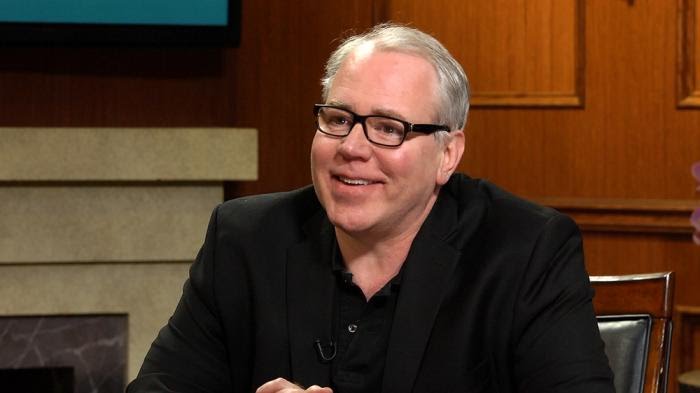
| Category | Details |
|---|---|
| Title | American Psycho |
| Author | Bret Easton Ellis |
| Publication Date | 1991 |
| Genre | Psychological thriller, Satire |
| Plot Overview | Follows Patrick Bateman, a wealthy NYC banker who is also a serial killer. |
| Central Themes | Materialism, Dehumanization, Identity, Violence |
| Setting | 1980s Wall Street culture |
| Perspective & Narrative | First-person perspective with unreliable narrator |
| Protagonist | Patrick Bateman (possible psychological diagnoses: Asperger’s, OCD, etc.) |
| Controversies | Graphic depiction of violence, especially towards women. |
| Criticism & Support | Criticized for misogyny by Gloria Steinem, among others; praised for social criticism. |
| Adaptations | 2000 film starring Christian Bale as Patrick Bateman |
| Cultural Significance | Analysis of excess and moral decay in the context of the ‘80s yuppie culture. |
| Readership Reaction | Controversial reception, has a cult following |
| Legacy | Regarded as a key piece of 1990s literature altering perspectives on consumerism and superficiality. |
| Steinem and Bale Connection | Gloria Steinem, Bateman actor’s stepmother, opposed the book. |
| Ellis’s Commentary | Reflected on in his mock memoir, Lunar Park. |
The Haunting Character of Patrick Bateman and American Psycho’s Social Satire
Patrick Bateman, the enigmatic heart of Ellis’s novel, straddles a line between protagonist and antagonist in a dance macabre. Detailed analysis of his psyche reveals not just a psychopath but an intricate web of potential pathologies—from narcissism to schizophrenia—that trap Bateman within his materialistic world.
The satire of American Psycho bites deep, lacerating the facade of success and power prevalent in the ’80s. The novel casts a long shadow, sprinting in the same lane as the high-flying financiers and fad chasers of the period, while ripping down the billboards that tout their supposed successes.

Psychological Horror and Dark Humor: Crafting the Unique Tone of American Psycho
There’s a chilling mastery to Ellis’s melding of psychological horror with dark humor, the latter skewering the former with pinpoint precision. It’s this very ballet of the grotesque and the glib that gives American Psycho its haunting, enduring tone. One moment, you’re recoiling at the horror; the next, you’re dubious of the realism—only to laugh, albeit uncomfortably, at the absurdity of it all.
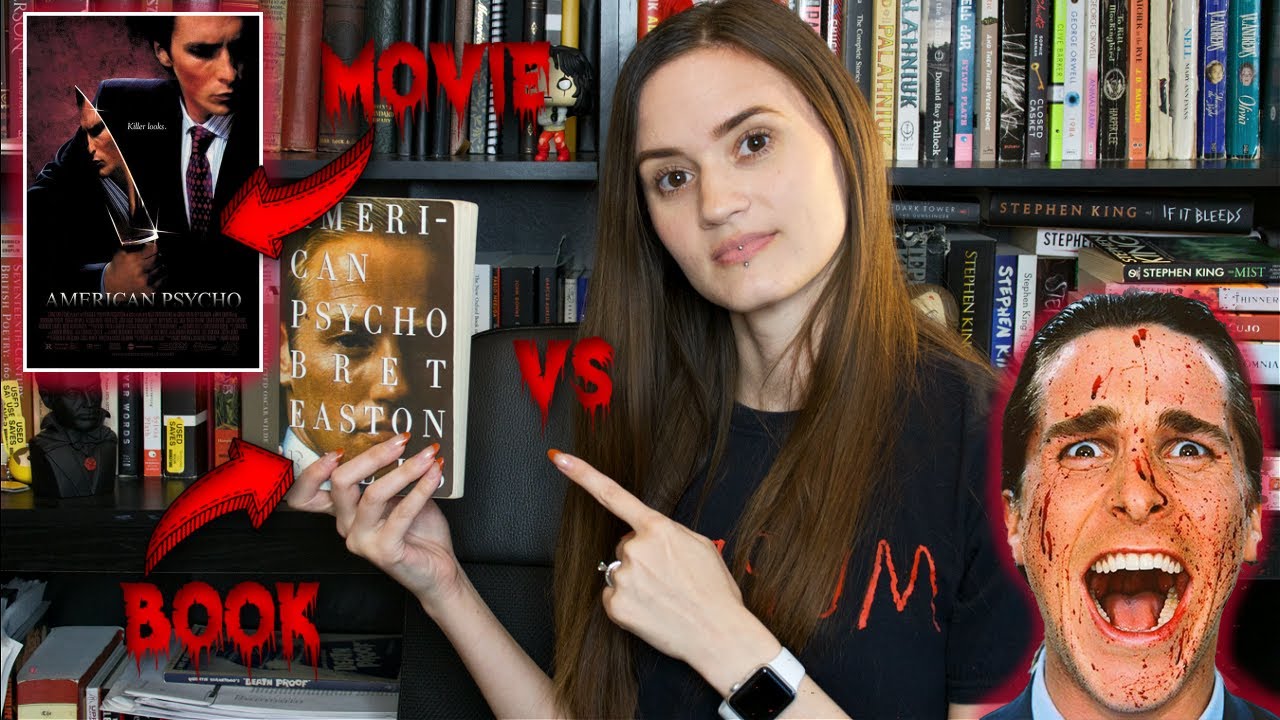
The Graphic Violence in American Psycho: Necessary Shock Factor or Overkill?
Ellis’s American Psycho danced on the razor’s edge of acceptability with its unbridled graphic violence. Critics and readers alike have long debated whether the shock was necessary or gratuitous. Steinem’s objection only emphasizes the controversy, while the shockwaves from the novel’s unapologetic brutality reverberate through time, challenging and unsettling new generations of readers.
An American Psycho Book Review Across the Decades: The Evolving Reception
From outrage to begrudging respect, the critical reception of American Psycho has certainly evolved over the decades. Initial reviews, often recoiling at the novel’s violence and perceived misogyny, have given way to a more nuanced understanding of its critique on superficiality and the dark underbelly of the “American Dream.” This is a book that clawed its way from infamy to a form of reverence, begging the question, has the book changed, or have we?
The Cinematic Lens on American Psycho: Comparing the Book to Its Film Adaptation
When Mary Harron adapted the American Psycho book for the big screen in 2000, the transition was a topic of hot debate. Could the film capture the novel’s searing critique and disturbing overtones? While the film certainly found its audience, distinguishing itself with a stylized take, it was the book’s unflinching gaze that left an indelible mark on its legacy.
Themes of Materialism and Identity in American Psycho That Resonate Today
Decades on, the central themes of American Psycho—materialism, identity, the very nature of self within society—haven’t just aged well; they’ve taken on new life. In an age where consumerism has shifted but not slowed, where presentation often supersedes substance, the novel’s portrayal of the ’80s feels less like a distant past and more like a looking glass reflecting our contemporary plight.
The Influence of American Psycho Book on Contemporary Literature and Culture
While the American Psycho book can be viewed as a product of its time, its DNA is threaded through countless strands of contemporary culture. Elements of Ellis’s style and themes have bobbed to the surface in myriad subsequent works, imprinting on the horror and satire genres a legacy that endures with stark sharpness.
Conclusion: Reflecting on the Enduring Legacy of American Psycho
Wrapping up this descent into the depths of the American Psycho book requires pausing to appreciate the unyielding grip it has on the reflection of human nature. The dark mirror Ellis holds up to the excess of the 1980s doubles as a cautionary beacon, a reminder of the cyclical nature of our collective drive towards an elusive, perhaps illusory, American Dream.
A Lesser-Known Facet of the American Psycho Book
Hold onto your hats, folks, dig a little into the “American Psycho” trivia bucket, and you’ll find some sparklers that are as intriguing as a brand-new jewelry cleaner. For starters, didja know the novel’s biting satire and bleak commentary on 80s materialism makes some readers’ heads spin more than a Mashable Wordle today puzzle? Yup, Bret Easton Ellis packed his narrative with meticulous detail that digs deep into the yuppie culture—fashion brands, fine dining, and social pecking orders—talk about excess with a capital E!
Then again, speaking of detail, this book’s got fashion shout-outs and brand name-droppings that’d make even Brandon Jennings think twice about his wardrobe. But it ain’t just about the threads; it’s the twisted emotions and void behind them that hit home, kinda like the haunting depth you’d find in Demián Bichirs( eyes—hard to look away, ain’t it?
Food for Thought in the Grisly Pages
Chew on this bit: “American Psycho” ain’t for the faint-hearted, but its clever mix of horror and social critique is like a gruesomely fascinating car crash—you just can’t look away. The ’80s were wild, but Patrick Bateman’s antics put the ‘capital’ in ‘Capitalism Gone Wild,’ in ways even Leo From That 70s Show — the decade’s quintessential soother of souls — would likely peace out from.
Not just a gore fest, though, the american psycho book lays out Bateman’s obsession with perfection, whether it’s his physique or his pad, akin to the attention to detail Bts V puts into his music—meticulous and a tad bit obsessive. And for the curious, if you’re wondering how Bateman would fare in today’s world, imagine replacing those Phil Collins soliloquies with Luke Combs tunes—same intensity, updated soundtrack. As for untimely demises, unlike the unsolved mystery revolving around How Did Lil tay die, Bateman leaves no room for doubt about his victims’ fates.
So, kick back, dive into these mind-bogglers, and peel back the layers of the american psycho book, where the devil is truly in the details—or more literally, in the business cards and designer suits.

Why was the American Psycho book controversial?
– Why was the American Psycho book controversial?
Ah, “American Psycho,” that notorious page-turner from ’91 – talk about a hot potato! The book kicked up a storm, and not in a teacup, I’m telling ya. Its graphic smorgasbord of violence against women had folks up in arms, feminist icon Gloria Steinem among them. And get this – she’s the stepmom to Christian Bale, who got all method-actor as Patrick Bateman in the movie. Irony much? Oh, and Ellis drops a cheeky nod to this in his mock memoir “Lunar Park.” It’s the controversy that keeps on giving.
Is it worth it to read American Psycho?
– Is it worth it to read American Psycho?
Well, if you’re curious about the underbelly of the yuppie era, “American Psycho” is your ticket to the freak show. It’s a wild ride down Wall Street’s morally bankrupt road, loaded with satire about ’80s excess. Unsettling? You bet. But it’s a must-read for anyone looking to get shaken, not just stirred, by their literature. Just don’t expect any warm fuzzies from this one, folks.
What is the book American Psycho about?
– What is the book American Psycho about?
Buckle up, ’cause “American Psycho” isn’t your grandma’s bedtime story. Bret Easton Ellis takes us deep into the psyche of Patrick Bateman, a Wall Street hotshot by daylight and a walking nightmare after dark. Balancing a portfolio and a penchant for brutality, Bateman’s spinning a yarn that’s as unreliable as they come. Published May 4, 2023, this novel is a peek behind the curtain at one man’s double life in the Big Apple.
Is Patrick Bateman schizophrenic?
– Is Patrick Bateman schizophrenic?
Now, calling Patrick Bateman a nutcase would be putting it mildly, but schizophrenic? That’s only part of the puzzle. The guy’s a cocktail of disorders – from Asperger’s to OCD, with a dash of narcissism and a sprinkle of antisocial behavior. It’s like a Bingo game of mental illnesses, and Bateman’s screaming full house.
Why is Gen Z obsessed with American Psycho?
– Why is Gen Z obsessed with American Psycho?
Gen Z’s got a thing for “American Psycho” – talk about digging up the past! For them, it’s like this retro, edgy bible that mocks that old-school pursuit of perfection. Plus, Bateman’s kinda become this twisted guru for living your truth – yikes, right? Anyway, it’s all about ironic memes and a deep dive into the abyss of the human condition with these kids. Total dopamine hit.
How inappropriate is the American Psycho book?
– How inappropriate is the American Psycho book?
Let’s cut to the chase – “American Psycho” is about as appropriate as a bull in a china shop. Ellis wasn’t exactly aiming for the school library shelves, what with the relentless violence and all. If you’re squeamish or the type to clutch your pearls, this book will have you running for the hills, no two ways about it.
Is American Psycho hard to read?
– Is American Psycho hard to read?
For some, tackling “American Psycho” is like wading through quicksand – heavy, disturbing, and not exactly what you’d call a joyride. The tome’s chock-full of dense prose, shivering details, and psychological jargon that could have even bookworms reaching for the headache pills. A breeze to read? Hardly. But no pain, no literary gain, am I right?
Is American Psycho appropriate for a 13 year old?
– Is American Psycho appropriate for a 13 year old?
Hey, let’s not mince words here – “American Psycho” ain’t kid’s stuff. Handing this to a 13-year-old is like giving them a lit firework. It’s packed to the rafters with stuff that’s sure to make junior’s ears turn red. Better to play it safe and stick to the young adult section with them, trust me.
Is American Psycho book appropriate for a 13 year old?
– Is American Psycho book appropriate for a 13 year old?
Nope. Nada. Nope. “American Psycho” for a 13-year-old is like handing Da Vinci a spray paint can – it’s not the right fit. This book’s got more no-no’s than a horror movie marathon at a sleepaway camp. Keep it on the top shelf until they’re a bit more, you know, seasoned.
Is American Psycho all in his head?
– Is American Psycho all in his head?
Ah, the million-dollar question! “American Psycho” blurs the line between what’s real and what’s rattling around in Bateman’s twisted noggin. Ellis leaves us hanging – is it a bloody reality or just the fantasies of a madman? Either way, good luck sleeping on that mind-bender.
What mental illness does Patrick Bateman have?
– What mental illness does Patrick Bateman have?
Alright, diving into Patrick Bateman’s brain is no walk in the park – the dude’s a smorgasbord of mental issues. We’re talkin’ Asperger’s, OCD, narcissism, antisocial you-name-it disorder. The man’s mind is like a psychiatric pinball machine, blinking and buzzing with every flip and tilt.
What is the hidden message in American Psycho?
– What is the hidden message in American Psycho?
So, you want the scoop on the low-down of “American Psycho,” huh? Ellis is serving up a satirical feast, poking at the absurdity of the ’80s glitz and glam. It’s a sly wink at how we all primp for the world while hiding our inner gremlins. Bateman is just the extreme poster boy for wearing one too many masks. Spoiler: they’re not all pretty.
Why was American Psycho banned?
– Why was American Psycho banned?
Oh boy, “American Psycho” got slapped with the banned sticker faster than a bad tattoo. Why? One word for ya – graphic. The brutality and sexual content are dialed up to eleven, and some folks just couldn’t stomach it. But, hey, it’s like the forbidden fruit – only made it more tempting for the rest, right?
Is Patrick Bateman a Sigma male?
– Is Patrick Bateman a Sigma male?
Sigma male, alpha dog, lone wolf – call him what you will, but Patrick Bateman cuts his own path. He’s the quintessential outlier, ditching the pack to write his own twisted rules. Treading where others daren’t, that’s old Pat – just don’t expect any howling at the moon from this cold customer.
Why did Bateman spare Jean?
– Why did Bateman spare Jean?
Well now, Bateman pulling his punches with Jean is a brain scratcher. Maybe there’s a heart bumping away in that icebox after all, or maybe he’s just toying with her like a cat with a mouse. Or, it could be old habits die hard, and some semblance of sanity clung on by its fingernails. The why’s as slippery as the man himself.

